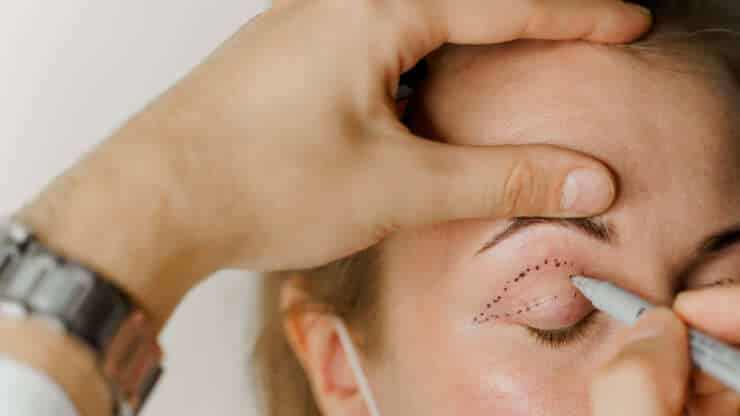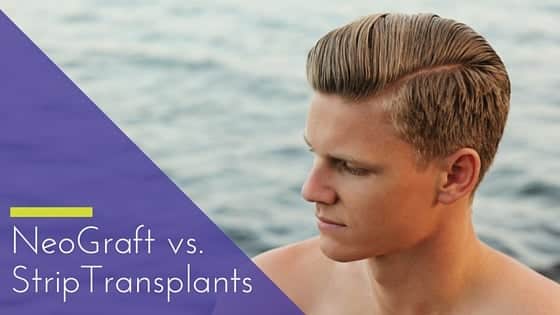Cosmetic surgery has become increasingly popular in recent years as more people seek to improve their physical appearance or address health concerns. While plastic surgery is often associated with cosmetic procedures that enhance or alter a person’s appearance, it can also be necessary to correct functional or medical issues.
Some people may undergo plastic surgery to repair scarring or burns caused by accidents or illness, while others may have physical flaws that affect their quality of life. Additionally, plastic surgery can help individuals struggling with low self-esteem or other emotional issues stemming from physical appearance concerns.
Regardless of the reason for undergoing plastic surgery, paying for the procedure can be difficult for many. At Love Plastic Surgery & Aesthetics, led by Tim R. Love, MD, a board-certified plastic surgeon, we’re committed to helping you find the right financing and payment options so you can afford the services you need to look your best. We understand how important it is to love what you see in the mirror, and we’ll work with you to make sure the stunning results Dr. Love delivers won’t break the bank.
Common Plastic Surgery Procedures and Their Average Costs
The cost of common plastic surgery procedures can vary depending on factors such as the location, the surgeon’s experience and reputation, the type of procedure, the facility, and the extent of the surgery.
The Benefits of Financing Your Cosmetic Procedure
Financing cosmetic procedures can provide several benefits for those who may not have the cash on hand to pay for a procedure upfront. Financing allows you to pay for the procedure over time, making it more affordable and manageable. This means you can start looking your best right away rather than having to delay the procedure due to financial constraints.
Insurance typically does not cover most elective cosmetic procedures, so financing can be an attractive option for those who want to improve their physical appearance. Many financing options offer flexible payment plans that allow you to pay over time, often with low monthly payments.
Some financing options also offer promotional plans with lower interest rates, making it even more affordable to finance your cosmetic procedure.
Financing Options for Plastic Surgery
Love Plastic Surgery & Aesthetic offers several financing options to help make your cosmetic procedure more affordable. Three popular financing options for plastic surgery are CareCredit, Prosper Healthcare, and Alphaeon Credit.
CareCredit
CareCredit offers patients a medical line of credit to help pay for healthcare expenses, including all types of cosmetic surgery and procedures. Unlike regular credit cards, CareCredit offers promotional financing options, including interest-free financing for a limited time. You can go to carecredit.com to prequalify.
Alphaeon Credit
Like CareCredit, Alphaeon Credit is specifically designed for healthcare expenses, including plastic surgery. It offers flexible payment options, including promotional financing with low-interest rates. You can visit goalphaeon.com to prequalify.
Love Plastic Surgery & Aesthetics: Beautiful Results at an Affordable Price
Overall, financing cosmetic procedures can be an excellent option for those who want to improve their physical appearance but may not have the cash on hand to pay for it upfront.
From Botox and other med spa services to plastic surgery, Love Plastic Surgery & Aesthetics can help you look and feel your best while taking advantage of convenient payment plans and flexible financing.
Get the look you deserve at a price you can afford with cosmetic surgery financing from Love Plastic Surgery & Aesthetics. Contact us today to schedule a consultation with Dr. Love and find out how we can help you discover your most beautiful self.










